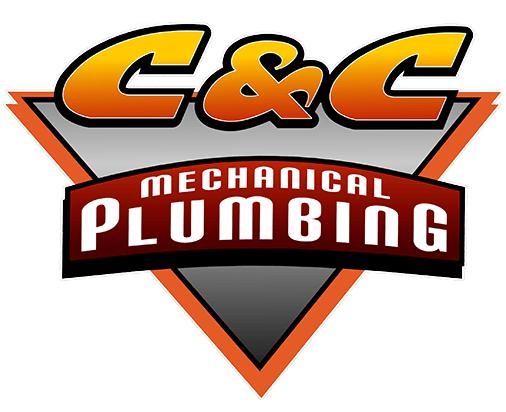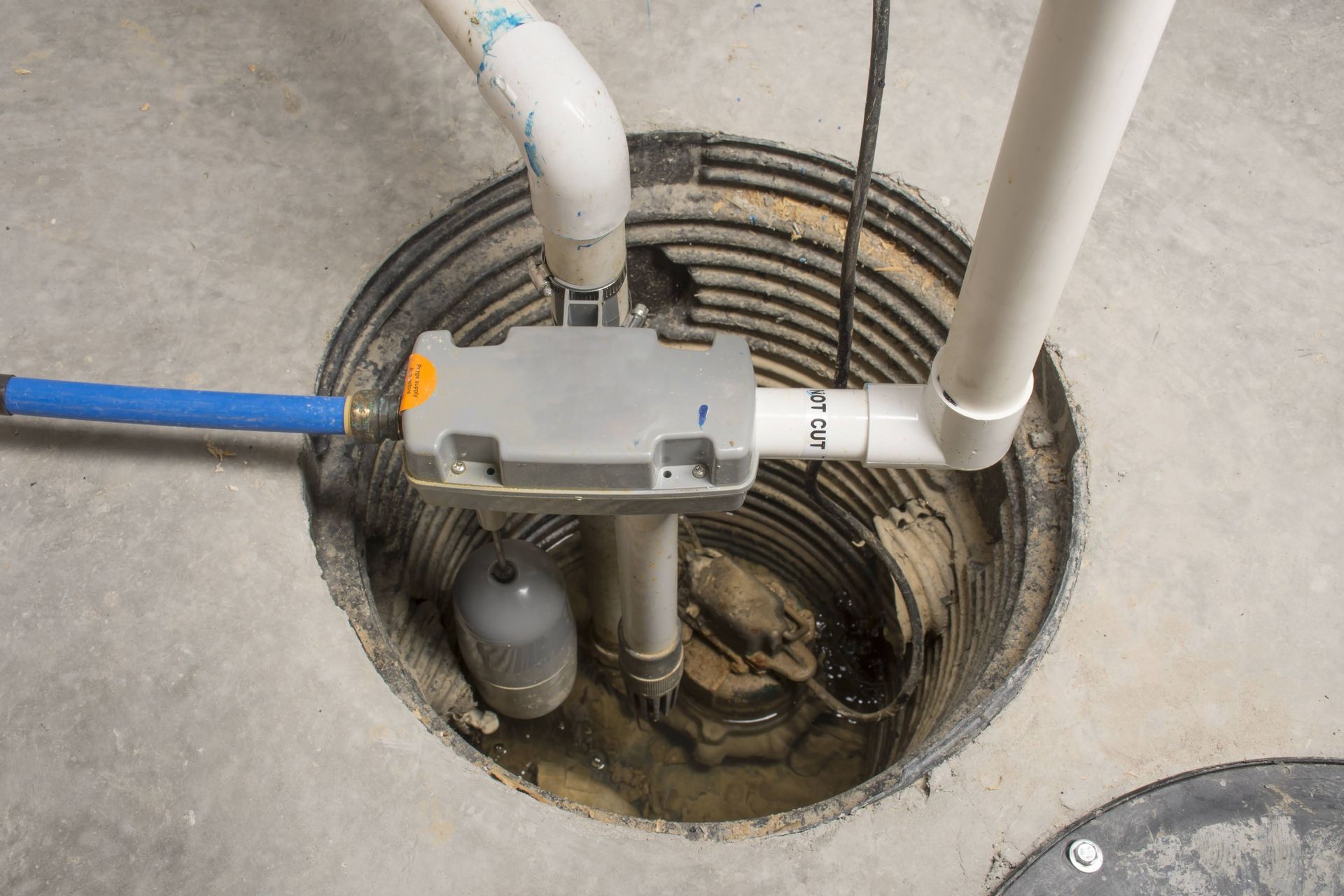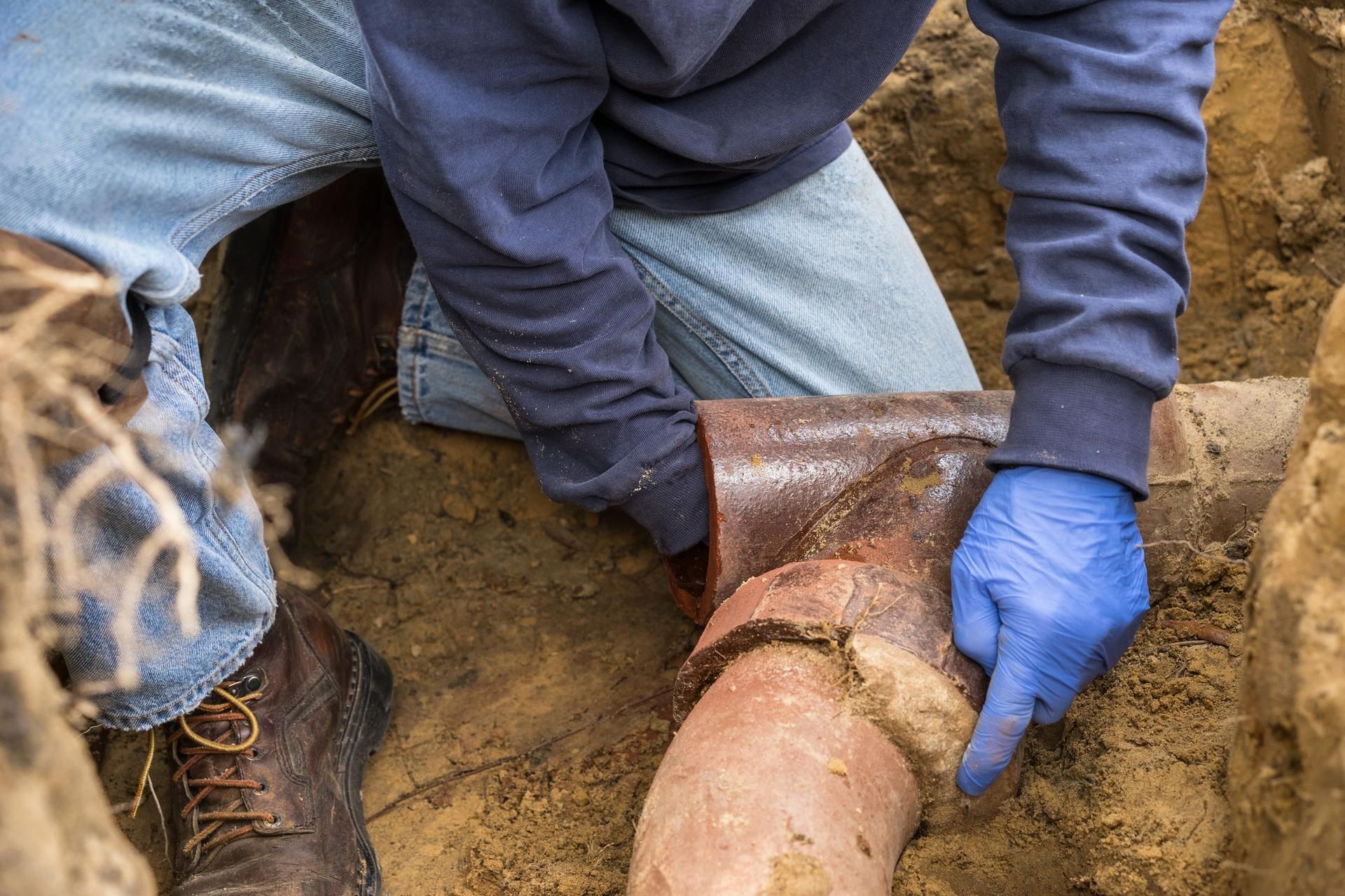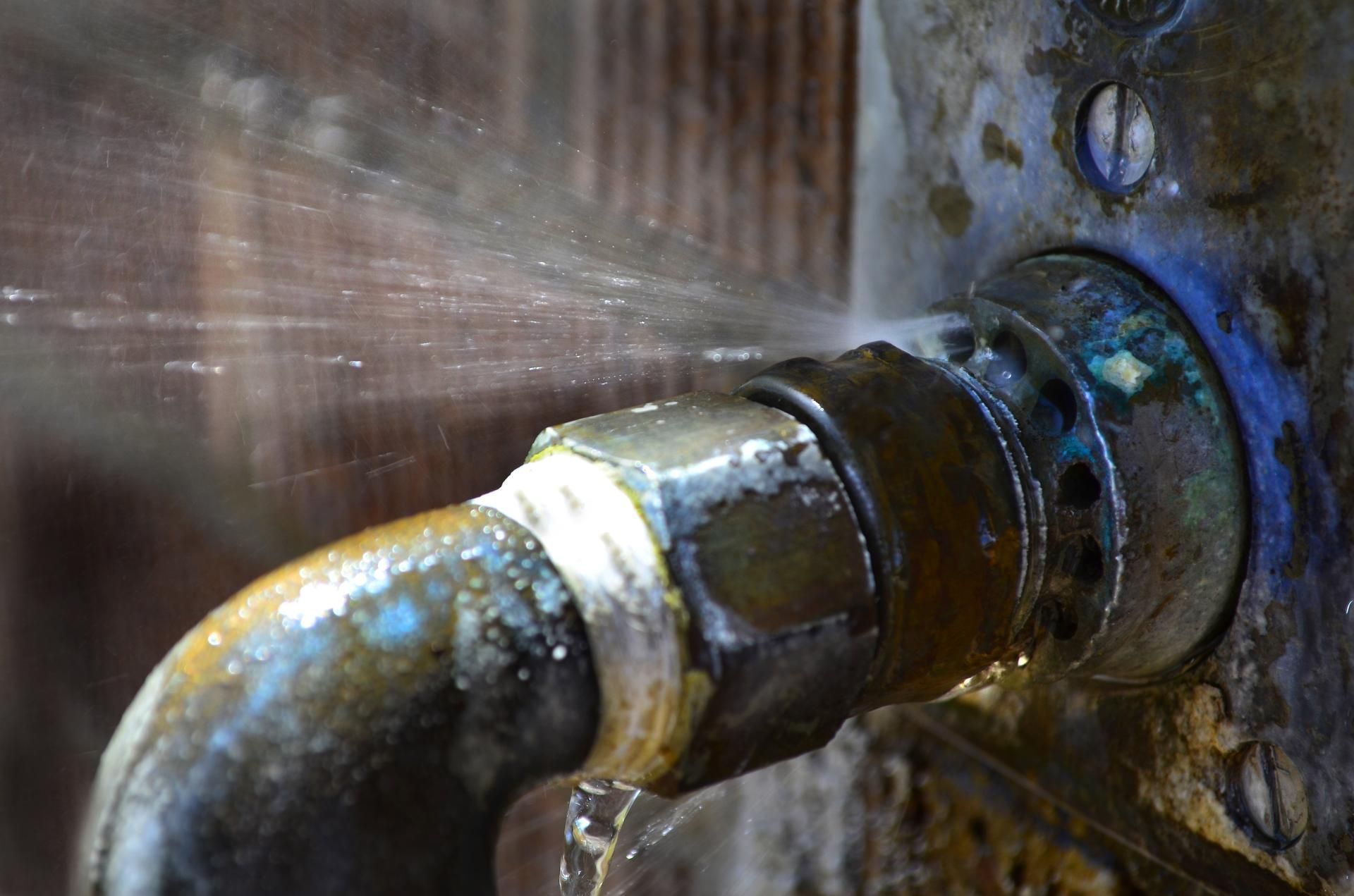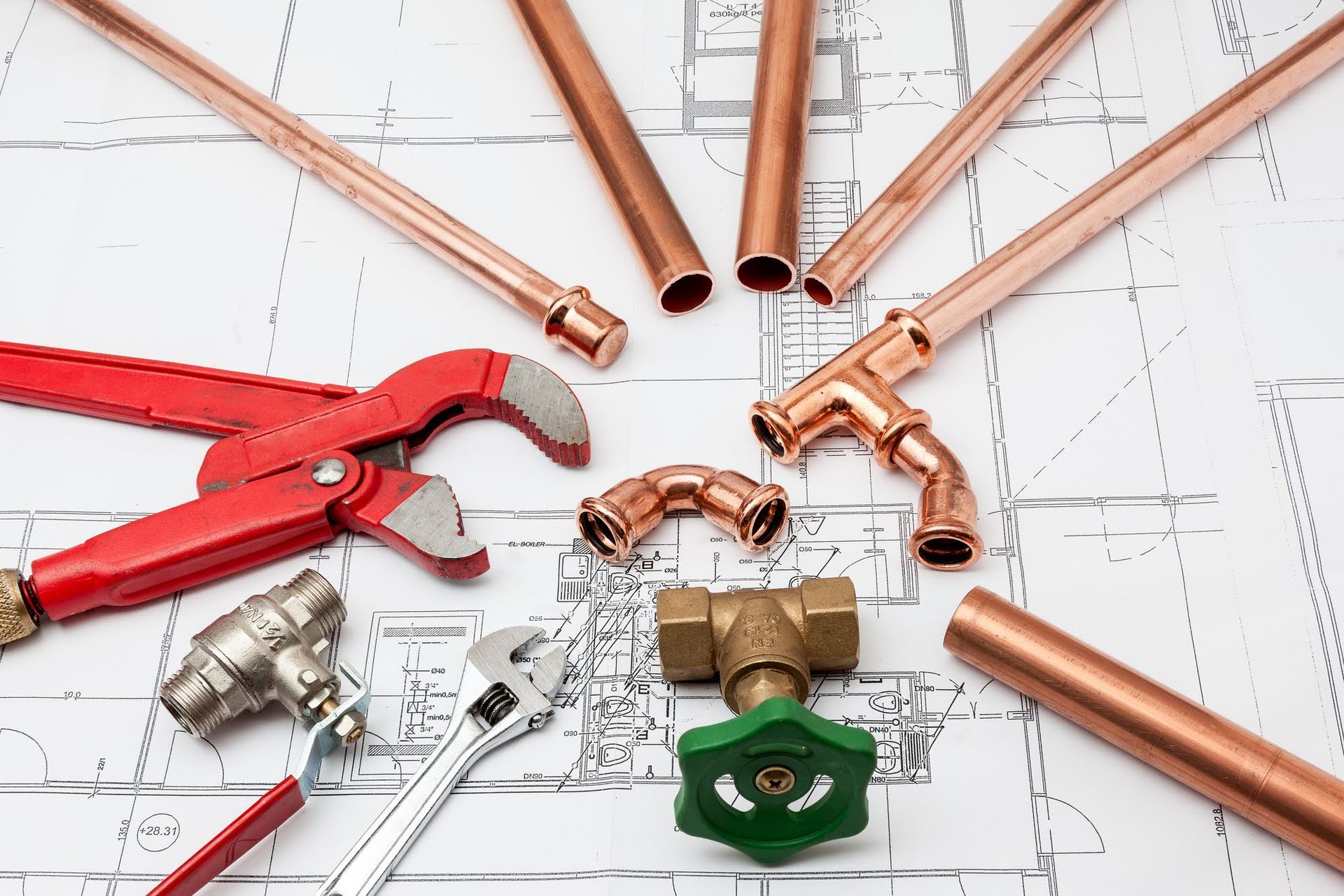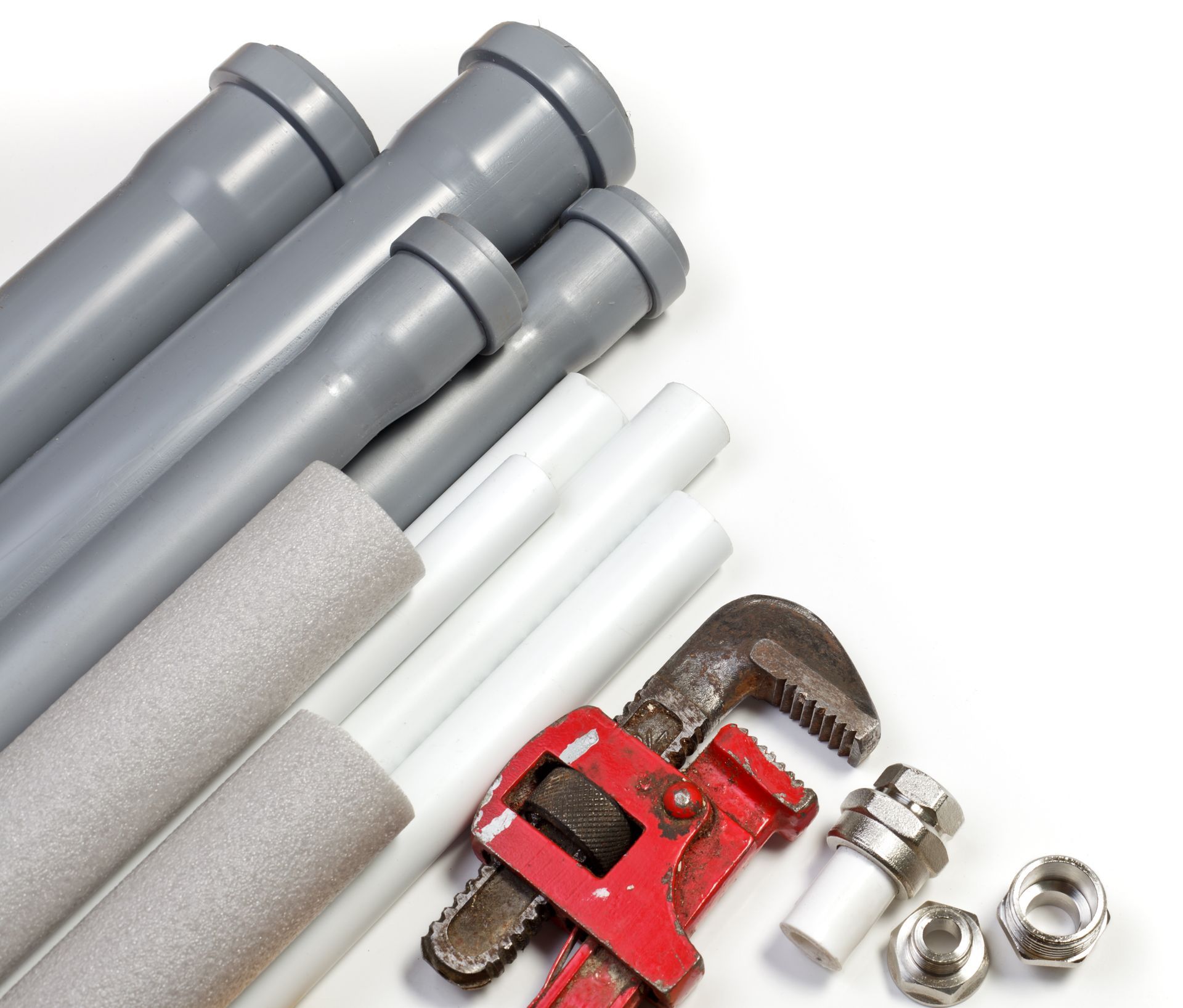License Number: 76673
Serving All Southern Maryland, Anne Arundel & Prince George's Counties
Is DIY Drain Cleaning Really Worth It?
Clogged drains are a common household problem, especially for homes with older plumbing systems. When faced with a clogged drain, many homeowners turn to DIY drain cleaning methods as a quick and affordable solution.
While you can clear some minor clogs easily with DIY methods, there are a few potential risks that you should be aware of. Some of these issues may eat into the money you saved by avoiding professional help.
Read on to learn about some of these risks so you can make an informed decision the next time you encounter a clogged drain.
Chemical Damage
Many store-bought drain cleaners contain harsh chemicals such as lye, sulfuric acid, and bleach. These substances are designed to break down and dissolve the blockages inside your pipes.
However, these heavy-duty chemicals don't selectively target the clogs – they interact with everything they touch. They can cause serious damage to your pipes, especially if they're older or made from plastic or soft metal. Repeated use of such cleaners can lead to weakened pipes more prone to leaks and cracks.
These chemicals also pose serious health and safety risks. They produce toxic fumes, which can cause harm to anyone who inhales them. This often leads to respiratory problems or even chemical burns if they come into contact with skin or eyes.
Accidental spills or splashes can cause damage to surrounding surfaces or materials. For example, bleach can cause discoloration or damage to flooring and countertops in the area around your drain. It also presents an environmental hazard if it gets into your water supply.
In fact, washing these chemicals down the drain means they eventually end up in water bodies, causing pollution and negatively impacting aquatic life. Though initially seen as a quick fix, the long-term implications of using DIY chemical drain cleaners can be far-reaching and hazardous.
Incomplete Clog Removal
Many DIY solutions, while efficient on the surface, only partially clear the blockage. Although water may initially flow better down the drain, the remaining part of the clog can quickly accumulate additional debris, which means the issue can reoccur, often worse than before.
In other words, DIY methods often only treat the symptom (slow draining water), not the cause (the entire clog). This can lead to repeated instances of clogging, which in turn creates a cycle of drain cleaning that never fully resolves the issue.
In some cases, you might inadvertently push the blockage deeper into the pipes if you use tools like plungers or drain snakes. The blockage compacts and hardens, making it even more challenging to completely remove in the future. This is true for blockages made up of grease, soap scum, or hair.
Pipe Perforation
Drain snakes can easily pierce or damage your pipes if you don't see them correctly. The snake is a flexible metal rod you push down the drain to dislodge a clog. However, if you use excessive force or do not accurately control the direction, you could puncture or break a pipe.
This results in much more extensive damage than a regular clog would cause. A hole in your pipes means water leaks into walls or onto floors, leading to mold growth and structural damage if you don't catch the problem early. It can even pose safety hazards if the leaking water affects electrical wiring.
This risk is exceptionally high for older homes where the plumbing may be made of softer metals or may have already weakened with time. A perforated pipe complicates the situation and adds to your DIY repair cost, shifting it closer to the expense of calling a professional from the start.
Contact C & C Mechanical Plumbing & Drain Cleaning as soon as you notice a clogged drain. We have the expertise, equipment, and experience to remove even the most stubborn blockages without causing damage to your pipes or putting your health at risk. Avoid taking on unnecessary risks and trust a professional for guaranteed results.
Serving Charles, St. Mary’s, Anne Arundel, Calvert & Prince George’s Counties
Regardless of what your plumbing emergency needs are C&C Mechanical Plumbing & Drain Cleaning are here to help. We urge you to learn more about our business and find out why we are your best option for exceptional plumbing services.
JOIN OUR MAILING LIST
Please fill out the form below.
Contact Us
We will get back to you as soon as possible.
Please try again later.
BROWSE OUR WEBSITE
CONTACT INFORMATION
Tel: (301) 812-1385
Address: 2755 Chesapeake Beach Rd W, Dunkirk MD 20754, USA
License Number: 76673
BUSINESS HOURS
- Mon - Fri
- -
- Sat - Sun
- Closed
Limited after-Hours Service Available:
Call for Details






